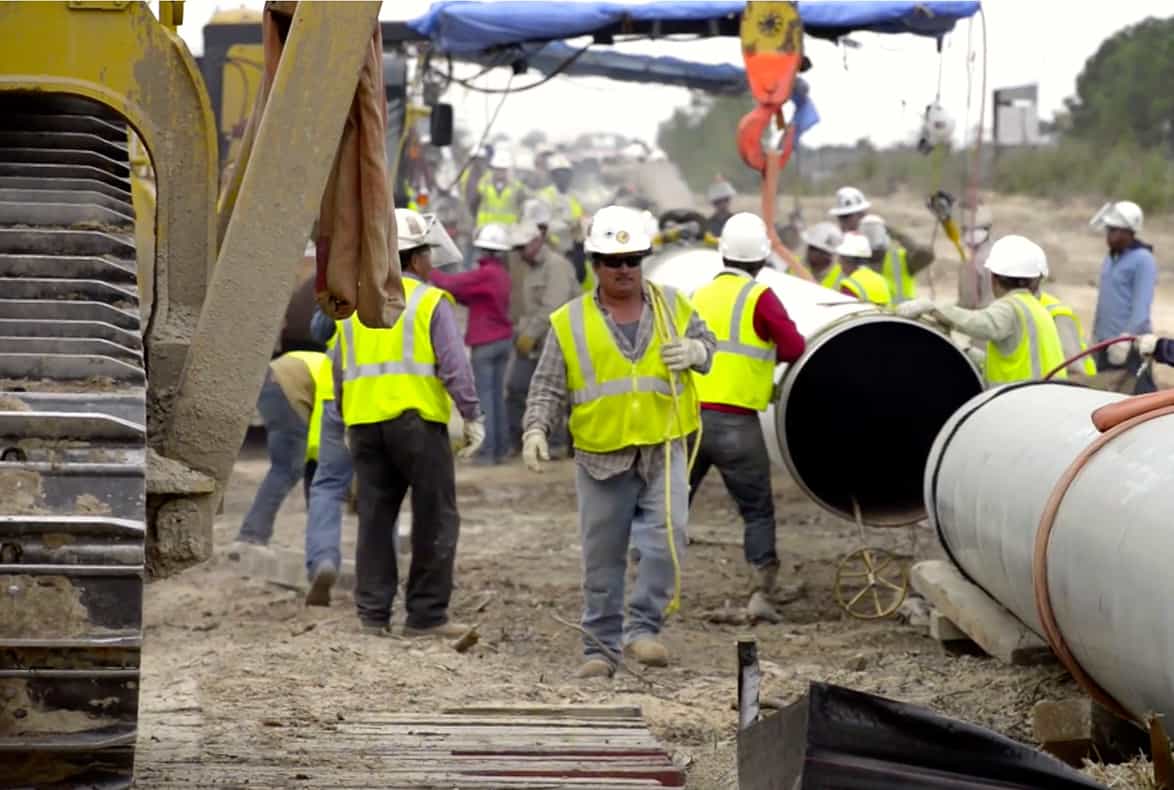Jobs from Pipelines
Pipelines are creating thousands of good-paying jobs all across America in construction, manufacturing, professional and service industries. Each pipeline construction project creates thousands of jobs that can support a family. Those jobs require the support of many more jobs in manufacturing, transportation, finance, hospitality and health care. The energy and raw materials pipelines deliver create jobs in across the economy in consumer products and retailing.
Construction and Refinery Jobs
A single major pipeline construction project is estimated to employ 7,000 construction workers and provide them and their families more than $400 million in salary and benefits. More than 500 workers are needed to construct each 100-mile section of pipeline. Pipelines also need pumping stations constructed every 50 miles. Heavy equipment operators, laborers, welders, Teamsters, foremen, engineers and quality control personnel are all needed to construct a pipeline.


Manufacturing Jobs
New pipelines spur thousands of manufacturing jobs building pipe and components. When construction is complete, the finished pipeline supplies energy and industrial feed-stocks to support thousands more additional manufacturing jobs making goods and products for decades to come.
Professional Service Job Sectors
New pipelines create thousands of professional and service sector jobs on top of traditional construction and manufacturing jobs. Analysis of a major proposed pipeline project showed that it would create 5,100 professional service and management jobs in engineering, architecture, planning and contracting.


Consumer Products Jobs
U.S. workers making everything from electronics to cosmetics, pharmaceuticals, beverage containers, carpet, tires and clothing depend upon raw material feed stocks delivered by pipeline. U.S. workers benefit at every stage of the process, from drilling wells and sending production to pipelines, processing raw materials into usable feed-stocks, processing feed-stocks into base fibers, resins, and materials, and manufacturing final products and packaging.